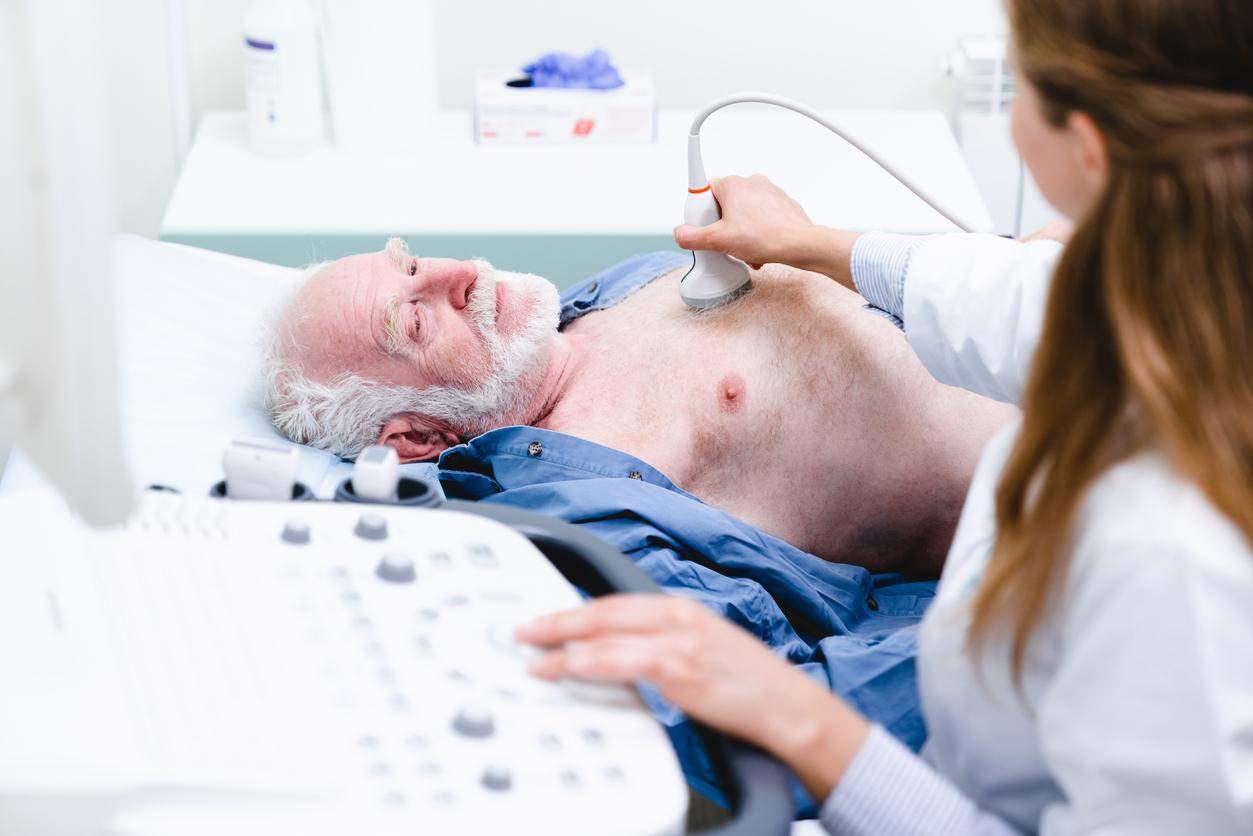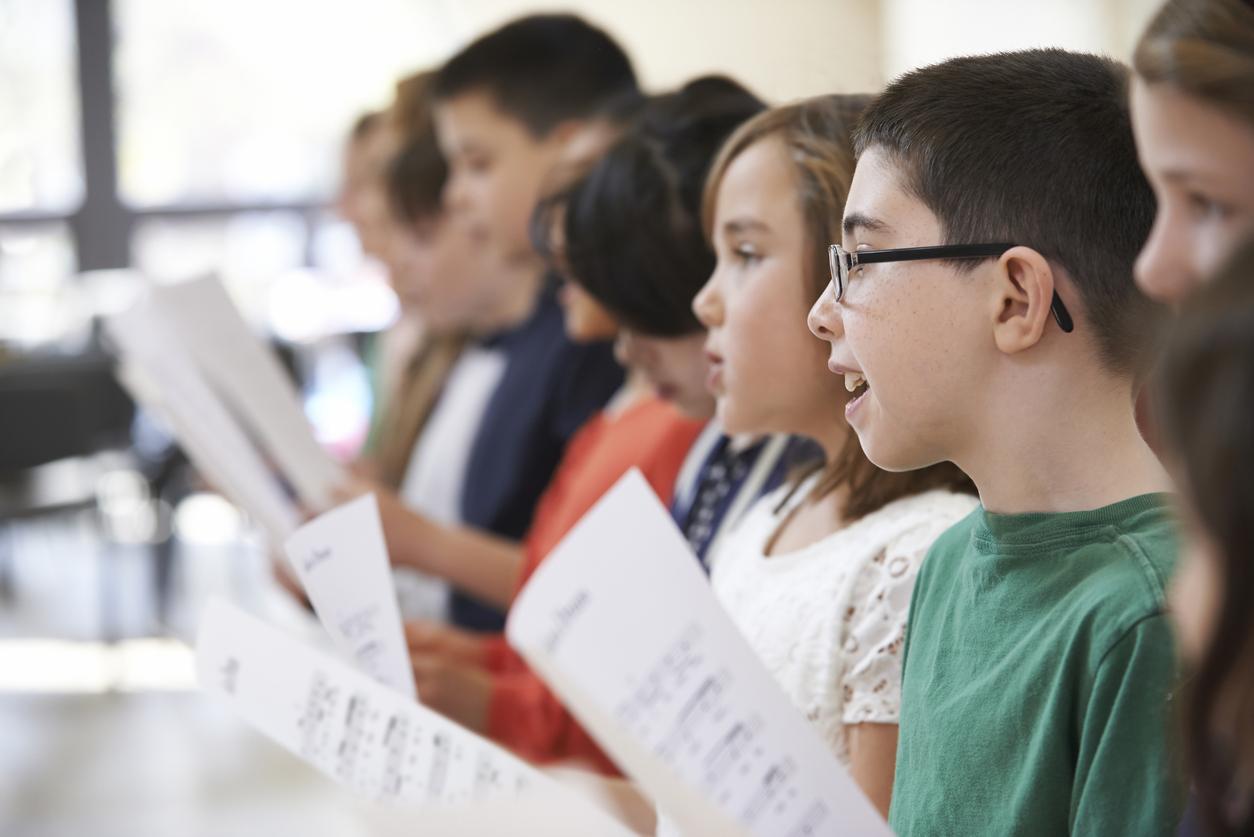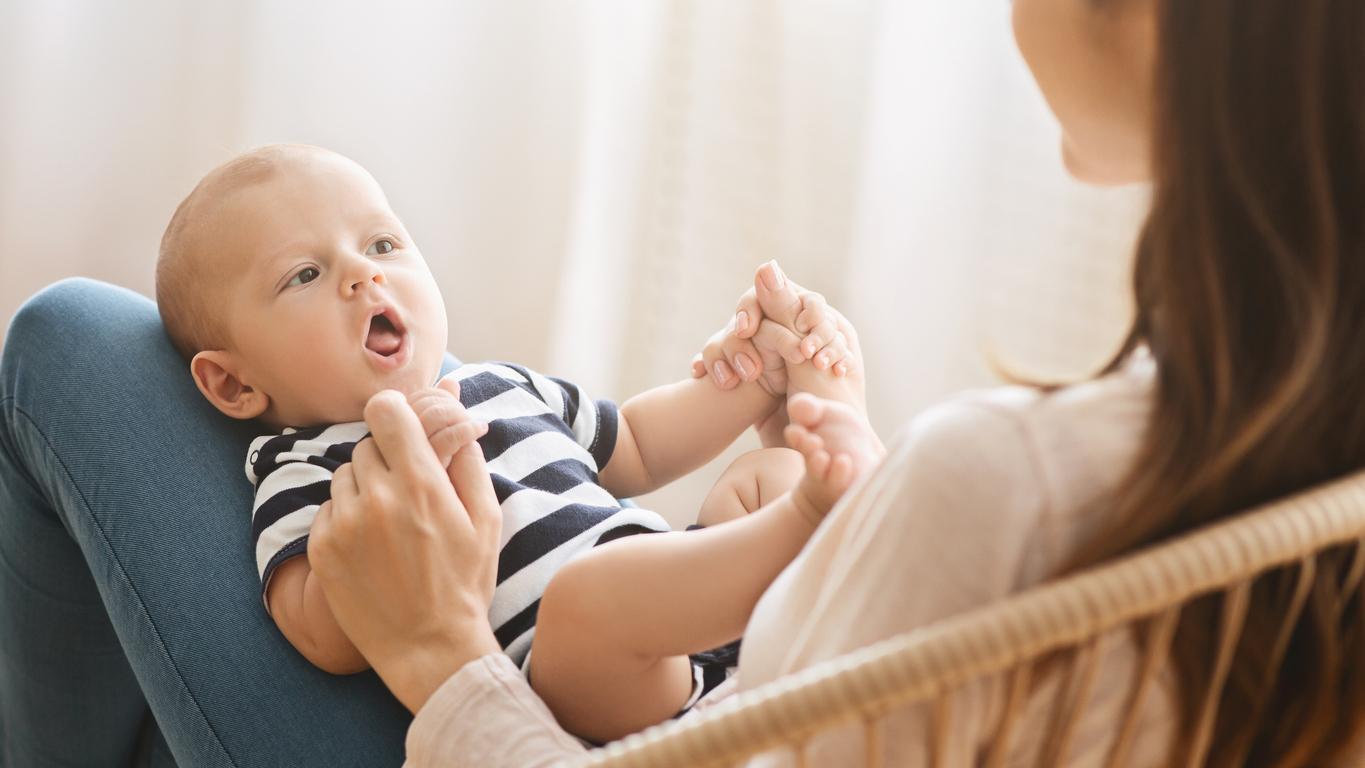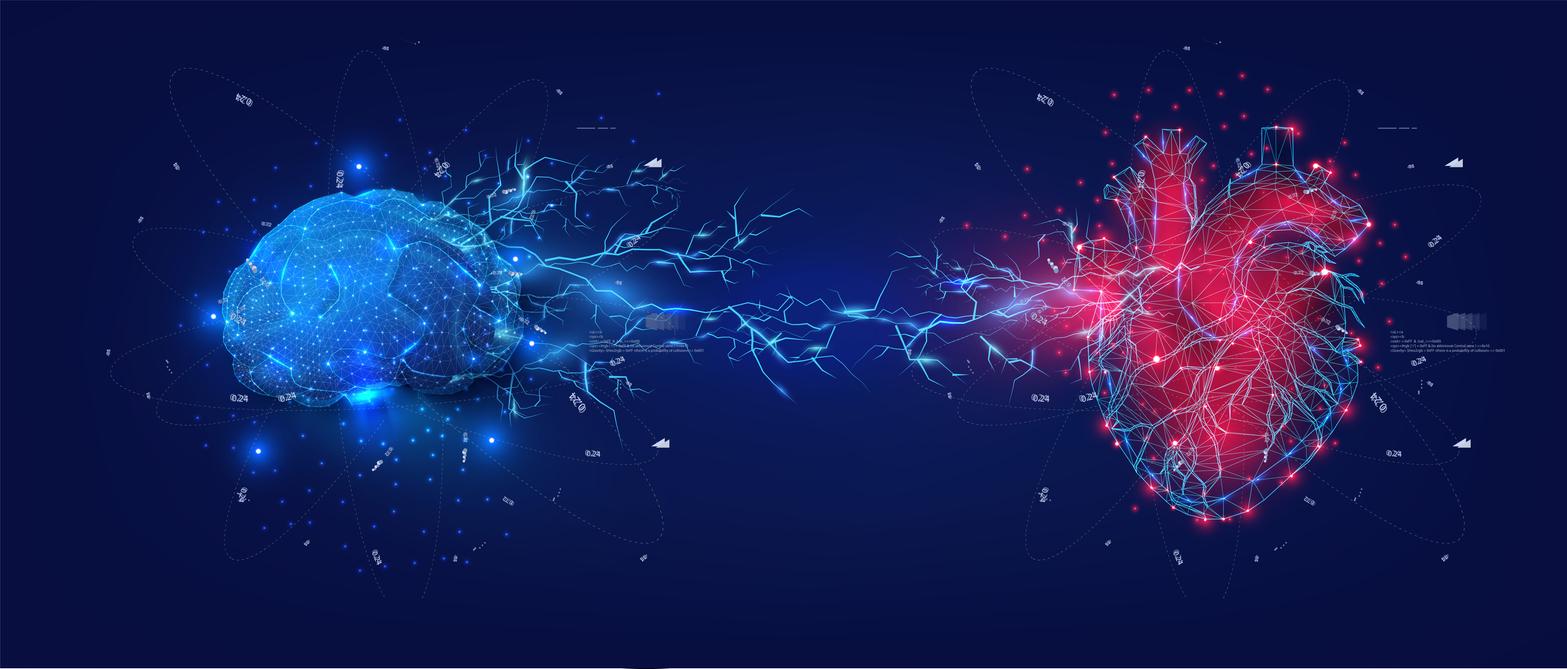Swiss researchers show how breathing and heart rate influence visual perception.

- When the heart is relaxed, we perceive and pay more attention to an image, because the markers of awareness appeared about 150 milliseconds earlier.
- Breathing has a similar impact on visual perception, with the same delay when the image appears during exhalation rather than inspiration.
- Through pressure receptors in the arteries, visual information can follow two different routes: the parietal cortex, in the presence of bodily signals, and the neighboring frontal cortex, without them.
For the first time, scientists from the University of Friborg (Switzerland) have revealed previously unknown links between the body and the brain. In a study, published in the journal Proceedings of the National Academy of Sciences (PNAS)it revealed that heart and breathing rates had an impact on awareness of a visual stimulus.
In 85% of cases, participants gave the correct answer by following their intuition
To reach this conclusion, the team recruited volunteers who, during an intervention, observed a screen on which gray squares briefly appeared, hatched diagonally in one direction or the other. After each visual stimulus, they had to answer two questions: “did they see the patterns or not?” and “what was their orientation?” During this experiment, participants wore electrodes to measure electrical activity in their brain (using an electroencephalogram, or EEG) and heart (using an electrocardiogram, or ECG). As for their breathing, it was monitored simultaneously using a belt measuring abdominal volume. Comparing the brain’s electrical signals between cases where adults saw the hatching and those where they did not allowed the authors to identify “neural markers of consciousness.”
The results showed that even though people only consciously perceived the contrast of the hatching half the time, they had the correct answer regarding the orientation in 85% of the cases. “This means that by following their intuition – even without knowing where it came from – the participants were right more often than if they had responded randomly. It therefore seems that the volunteers sometimes processed the patterns without realizing it account”, ont explained researchers.
Breathing, heart: body signals modulate the pathway to consciousness in the brain
Comparing neural markers based on cardiac phase, the team noted that if the image was displayed while the heart was relaxed, consciousness markers appeared about 150 milliseconds earlier than if the image was displayed while the heart was relaxed. the heart was contracting. Breathing has a similar impact on visual perception, with the same delay when the image appears during exhalation rather than inspiration.
“This influence of body rhythms on the brain is mediated by pressure receptors in the arteries,” clarified Juliane Britzlead author of the research. These receptors remain silent when the heart is relaxed and we inhale, but are activated when the heart contracts and we exhale. “They then cause a sort of neuronal traffic jam that delays the processing of visual stimuli by the brain.”
Brain: two distinct circuits to activate the perception of a visual stimulus
Another discovery: visual information can follow two different routes. In the presence of bodily signals, it passes through the parietal cortex, while in their absence, it passes through the neighboring frontal cortex. “It’s as if there were two possible modes of activation for a visual stimulus, depending on whether there are signals coming from the body or not,” specified the researcher. Ultimately, it is the heart and respiratory rhythms which determine, via pressure receptors in the arteries, the cerebral pathway that visual perception will take.

















